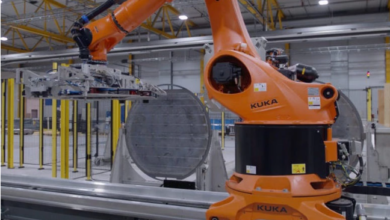Borealis and Verbund plan a hydrogen project
The project will use green hydrogen to produce fertilisers, melamine, and technical nitrogen on a sustainable industrial scale.

Borealis and Verbund are planning a joint project in which green hydrogen will be used to produce fertilisers, melamine and technical nitrogen.
The joint project is within the framework of the pan-European IPCEI (Important Projects of Common European Interest) process, which entails the production of green hydrogen at an industrial electrolysis plant (60 MW) using electricity from renewable sources of deionised water.
The green hydrogen will be used to produce fertilisers, melamine and technical nitrogen at Borealis operations in Linz, Austria. The oxygen generated by water splitting during the electrolysis process will be used directly in production.
The electrolyser will also provide grid services for the transmission network. The electrolysis plant is scheduled to commence operations in 2025, with projected annual CO2 emissions reductions of up to 90,000 tons.
With its approval in mid-September of IPCEI projects, including the green hydrogen project between partners Borealis and VERBUND, the European Commission has now given the green light for an entire series of hydrogen projects in Europe.
Michael Strugl, CEO Verbund, said, “As a partner to industry, we are implementing joint projects that contribute to the decarbonisation of industrial processes and the achievement of climate targets”
Thomas Gangl, CEO of Borealis, said, “For Borealis, green hydrogen is an alternative to natural gas in ammonia production, and using it will lead to a reduction in CO2 emissions.”
